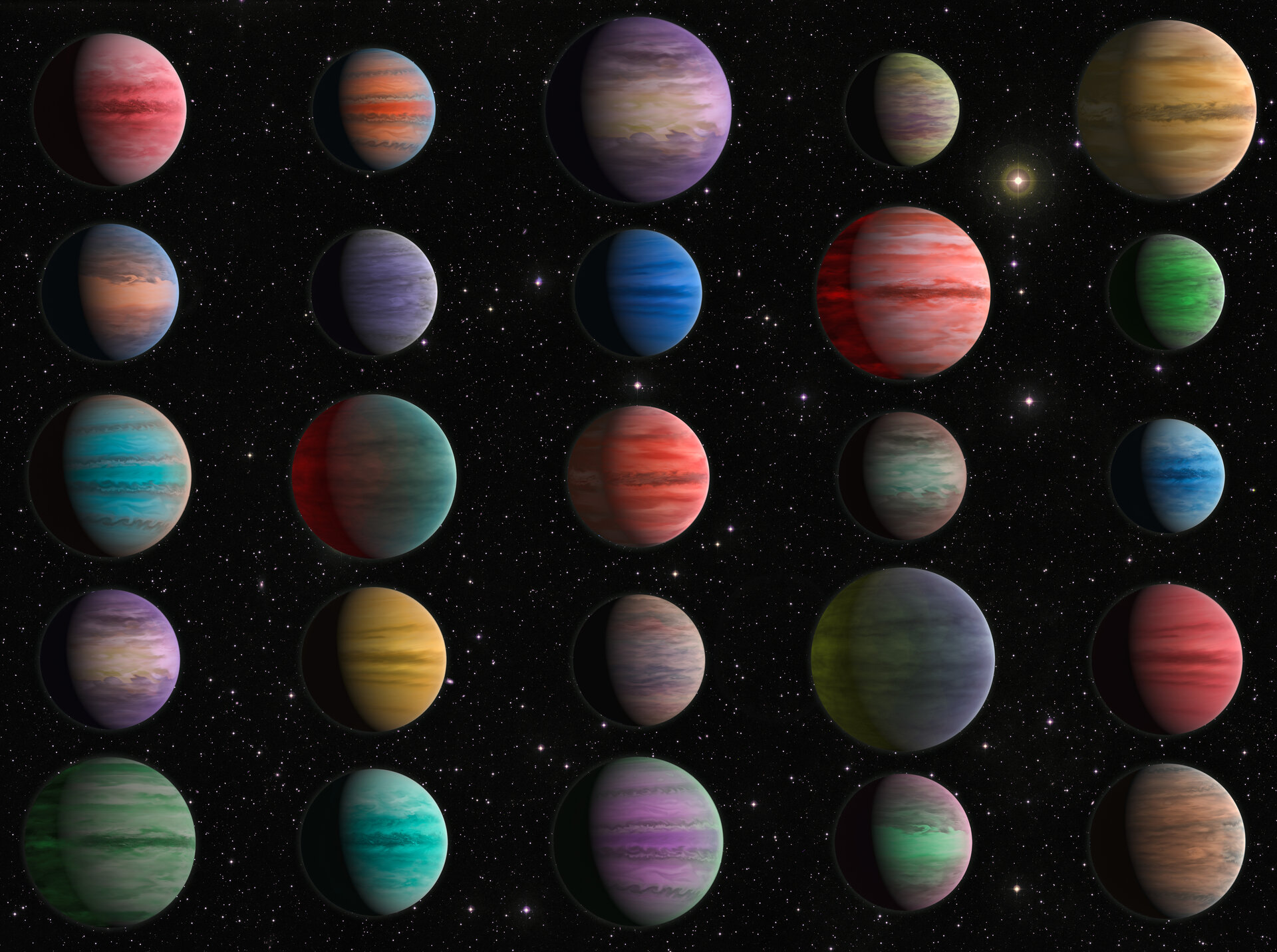How to Become a Scientific Sleuth: A Deep Guide for Curious Minds 🔍
In June 2025, a team of research integrity experts released a powerful new resource: the Collection of Open Science Integrity Guides (COSIG). This launch brings 27 practical manuals that teach anyone—from seasoned researchers to curious amateurs—how to spot and address issues in published studies. Whether you’re a graduate student, a lab technician, or just someone passionate about truth in science, COSIG offers accessible, field-specific tools—from image fraud detection to citation sleuthing.
1. The Birth of COSIG: Why It Matters
On June 4, research integrity leader Reese Richardson unveiled COSIG as a free, community-led toolkit. The goal: help everyone perform post-publication peer review (PPPR)—the critical examination of studies after they’re published (reeserichardson.blog).
Traditionally, peer review occurs before publication, but after-publication review remains rare—done mainly by experts and insiders. COSIG challenges this by centralizing fragmented know-how so that all scientists can participate (retractionwatch.com).
2. What the Guides Cover
COSIG includes 27 manuals covering many aspects of research validation:
-
General reviews: Best practices for commenting on platforms like PubPeer.
-
Image integrity: How to detect manipulation in figures and microscopy.
-
Citation analysis: Spotting improper or suspicious referencing.
-
Institutional ethics: Verifying ethics approval and consent documentation.
-
Plagiarism checks: Using software and manual scrutiny to prevent copying.
-
Subject-specific tools:
-
Biology: Antibody verification, cell-line authentication.
-
Materials science: X-ray diffraction (XRD) analysis, spectroscopy.
-
Computational disciplines: Code review and algorithm validation (chemistryworld.com, retractionwatch.com).
-
These guides aren’t only for pros—they aim to lower the entry barrier to active peer critique (github.com).
3. Voices Behind COSIG
Jennifer Byrne, molecular oncologist at the University of Sydney, adds that COSIG strikes a balance: empowering detection while avoiding false accusations due to personal bias .
4. A New Platform: Retraction Bounty Hunter
Just days after COSIG’s release, the site Retraction Bounty Hunter (RBH) appeared. It offers $50 per validated retraction if issues you report lead to correction within six months (retractionbountyhunter.org).
Founder Kurt Leininger—who has previously reported errors without success—says RBH gives overlooked whistleblowers a voice .
5. Why We Need More Sleuths
-
Low reporting: Only a tiny fraction of flawed studies trigger formal scrutiny (retractionwatch.com).
-
Limited journal action: Many complaints go ignored—paper mills and bad actors face few consequences (retractionbountyhunter.org).
-
Structural change needed: For integrity triage—detection without correction—isn't enough .
COSIG equips users with tools, but institutional willpower to act is still essential .
6. A Step-by-Step Sleuthing Framework
Step 1: Choose the right guide
COSIG has both generalist and specialist manuals. Pick the one suited to your expertise, whether it's imaging or citations.
Step 2: Learn the techniques
Each guide provides clear indicators—e.g., image duplication, suspect fonts, mismatched ethics statements.
Step 3: Verify your findings
Use software tools—like image forensics or citation databases—and consult peers.
Step 4: Document carefully
Record timestamps, screenshots, notes. Discipline prevents false claims.
Step 5: Report constructively
Use public forums (e.g., PubPeer) or contact journals. Be factual and non-accusatory—COSIG promotes respectful engagement (esrfoundation.ae, retractionwatch.com).
7. COSIG in Action: real-world impact
Fields benefiting include:
-
Biomedicine: Identify non-authentic cell lines or reagent issues.
-
Materials science: Detect flawed spectra—like XRD peaks that don’t match.
-
Statistics: Catch p-hacking or improbable randomness.
These guides transform vague concerns into evidence-backed critique.
8. Challenges Ahead
COSIG helps spot problems—but journals and publishers must follow through. Byrne highlights that uncorrected flaws encourage fraud and paper mills (en.wikipedia.org, reeserichardson.blog).
Richardson adds that while COSIG reduces learning curves, time remains a limiting factor; many sleuths operate part-time alongside research duties (retractionwatch.com).
9. COSIG’s Open-Source Future
COSIG is hosted on OSF and GitHub, open to community contributions and updates (28 guides by mid‑June) (osf.io).
Maintainers encourage new submissions—especially in emergent fields like AI‑generated content detection (esrfoundation.ae).
10. The Role of Incentives
Initiatives like RBH introduce financial rewards for responsible reporting, potentially boosting involvement among whistleblowers .
While permanent jobs for sleuthing remain rare, combining recognition and modest reward could spark a new wave of dedicated experts.
11. Long-Term Benefits
-
Robust scientific literature—errors get corrected, research gains reliability.
-
Active scientific community—students and amateurs enhance their critical thinking skills.
-
Transparency & trust—public confidence in research grows.
COSIG could help reshape science into a self-correcting ecosystem.
12. Final Thoughts
COSIG offers a comprehensive and accessible toolkit for scientific sleuths, empowering a wider community to check and enhance published research. With structured guides and open collaboration, this initiative could transform obscure after-publication critique into standard scientific practice.
Yet, tools alone don’t suffice. Journals must act on valid reports, and institutions should reward careful detective work. As more experts step up, supported by initiatives like COSIG and RBH, science can move closer to its ideal: a transparent, self-correcting quest for truth.
Let’s all become guardians of scientific integrity—there are more sleuth needed than ever before.
Open Your Mind !!!
Source: chemistryworld






